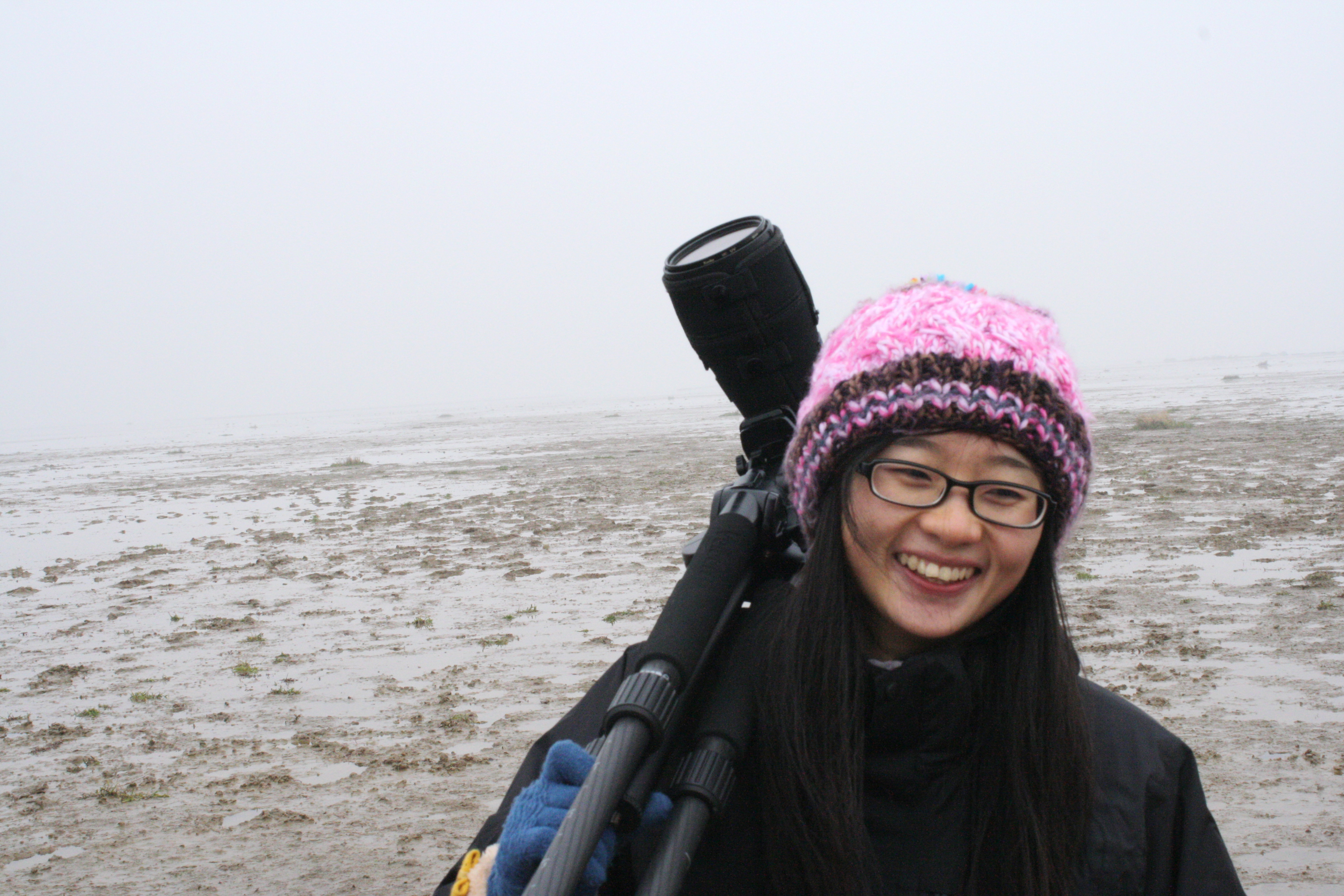American, Chinese scholars undertake study of wintering shorebirds in China

Chinese scientists are tapping the passion and expertise of a Virginia Tech professor to launch a shorebird ecology research project at Poyang Lake, the largest freshwater lake in China and a wintering site for hundreds of thousands of migratory shorebirds.
Jim Fraser, professor of wildlife conservation in the College of Natural Resources and Environment and an expert on migratory shorebirds, is collaborating with scientists from the Center for Watershed Ecology of the Life Science Institute at Nanchang University to establish the first-ever survey of the birds that winter at the lake.
“The work will complement ongoing work by Nanchang University and the International Crane Foundation on the ecology of the lake and its many water bird species,” he said.
Fraser recently returned from China after participating in the first field expedition to begin a survey.
“We looked for good shorebird places,” said Fraser. “The shore is muddy and difficult to walk on. It is not going to be simple to estimate the number of birds using the lake. There are parts of the lake that are difficult to get to.”
He said he hopes to use remote sensing to narrow down specifically where the birds are and how to get there.
Mud and all, it was a happy experience. “We saw thousands of redshanks and were surprised that they were so far north,” Fraser said. “We also saw pied avocets and Siberian cranes by the thousands, northern lapwings, geese, a few green sandpipers, and dunlin, which is one of the few species that is in both the U.S. and at Poyang Lake”
Pointing out that these sightings were only of wintering birds, Fraser said, “During migration, there are probably more that stop at Poyang Lake.”
In addition to Fraser and the Virginia Tech Shorebird Program, project participants include Wenjuan Wang with the Center for Watershed Ecology, Jeb Barzen of the International Crane Foundation, and the Poyang Nature Reserve, which is a UNESCO World Heritage site. The nature reserve operates nature protection stations, which provide workspace and accommodations for the researchers.
Fraser became involved with the effort through his friendship with Jeb Barzen, director of field ecology for the International Crane Foundation, who had an 11-year project on cranes at Poyang Lake. “Jeb told me about the shorebirds at the lake, and the International Crane Foundation funded my first trip there,” Fraser said.
The foundation has a working relationship with the Center for Watershed Ecology. Chinese scholars were interested in Fraser’s research on migrating birds and in 2012 invited him as a visiting scholar at Nanchang University and to give talks at Fudan University in Shanghai about his piping plover research. In 2013, a delegation of scientists from Nanchang and Fudan University, including the director of the Center for Watershed Ecology, visited Fraser’s research program at Virginia Tech.
“They are looking for more interaction with America for the center,” said Fraser. “My role is to get the wintering shorebird portion of their program started.”
Fraser, Wang, and Barzen found good study sites during their first field expedition. In March, Wang will begin to sample the habitats and continue to survey. With Fraser’s support, she will write proposals for funding to supplement the nature reserve support.
In the future, Fraser would like to include a breeding bird survey as well as the wintering bird survey.
But Poyang Lake provides much more than a habitat for birds. “Poyang is unique in that it is simultaneously the largest freshwater lake in China, the largest wintering wetland for waterfowl in East Asia, and one of the oldest continuously human inhabited and cultivated areas of China,” said Barzen. “Few such areas remain in the world.”
A fisheries expert and a mussel expert also visited from Nanchang and Fudan universities last year because Poyang Lake “is also important as a fishing resource — both for aquaculture and for fishing in the lake,” Fraser said “And crabs transplanted from the coast are raised to market size in the lake.”
Jurisdictional issues make management of the lake even more complex. “In some places, there are huge dikes. Boats are lifted over them on trains,” Fraser explained. “There are also small earthen dikes and farmers who manage creeks with a couple of bags of sand.”
Because the human and topical dimensions of how the lake gets managed are complex, the Center for Watershed Ecology also has a doctoral student studying the human dimensions of management of the lake.
“I am excited to be working at this important site and partnering with a group of outstanding scientists who are building knowledge that will benefit wildlife and human use of an important resource,” said Fraser. “We look forward to an exciting collaboration and future exchanges between Chinese and American scientists and students.”




